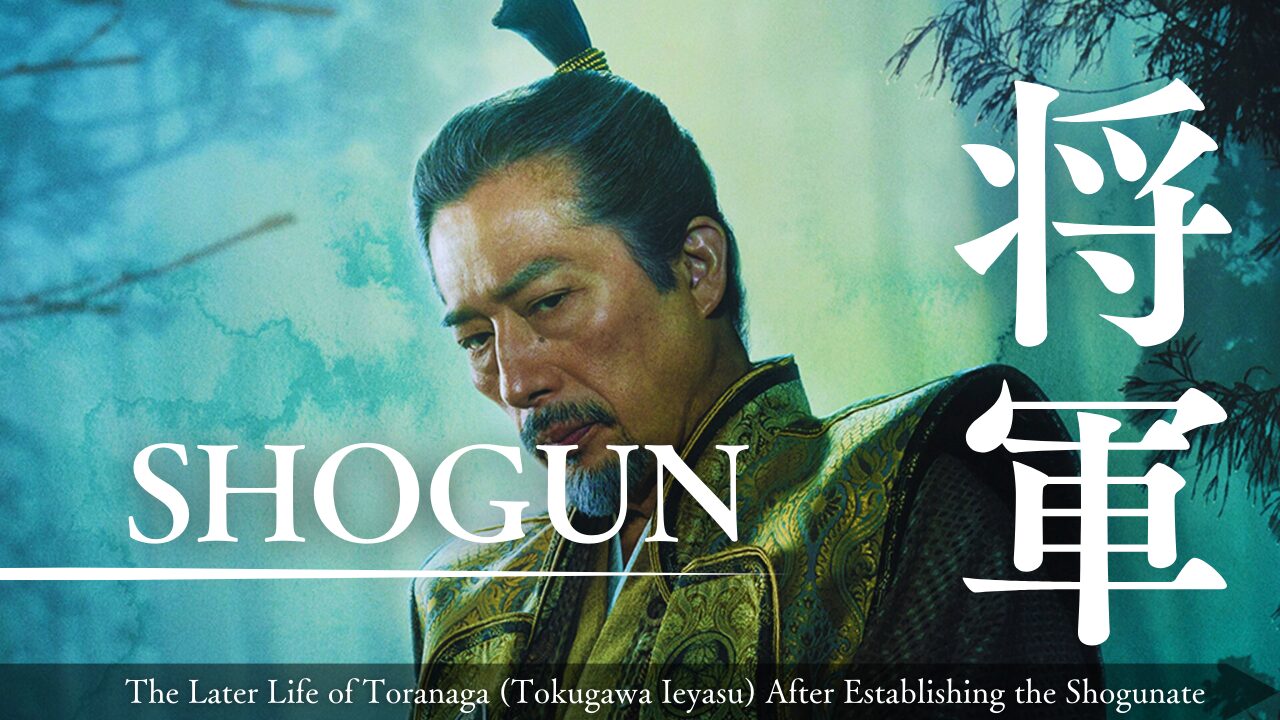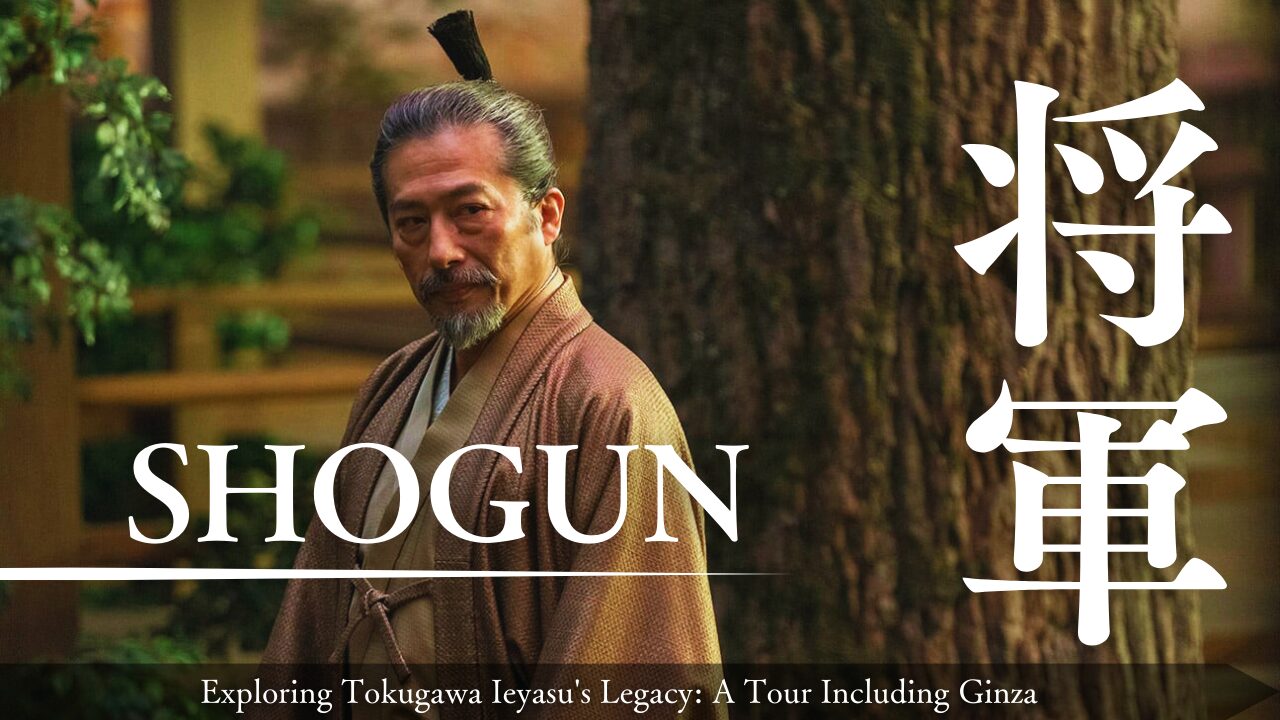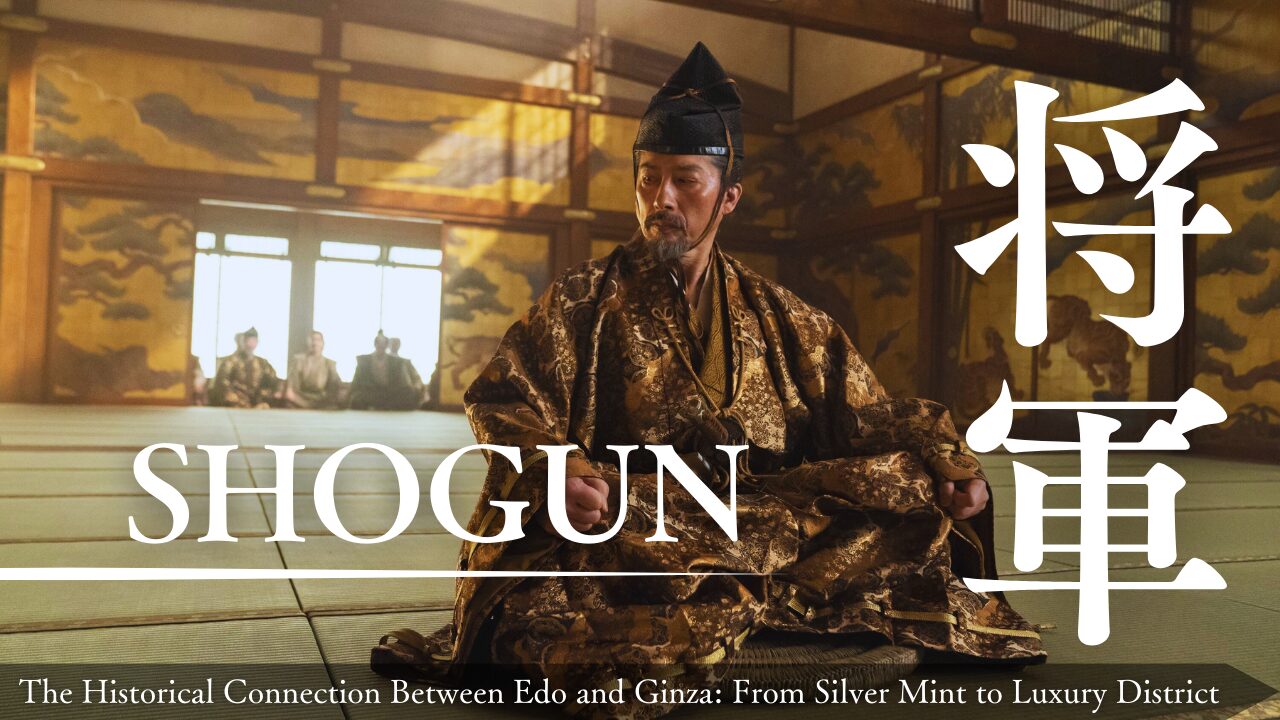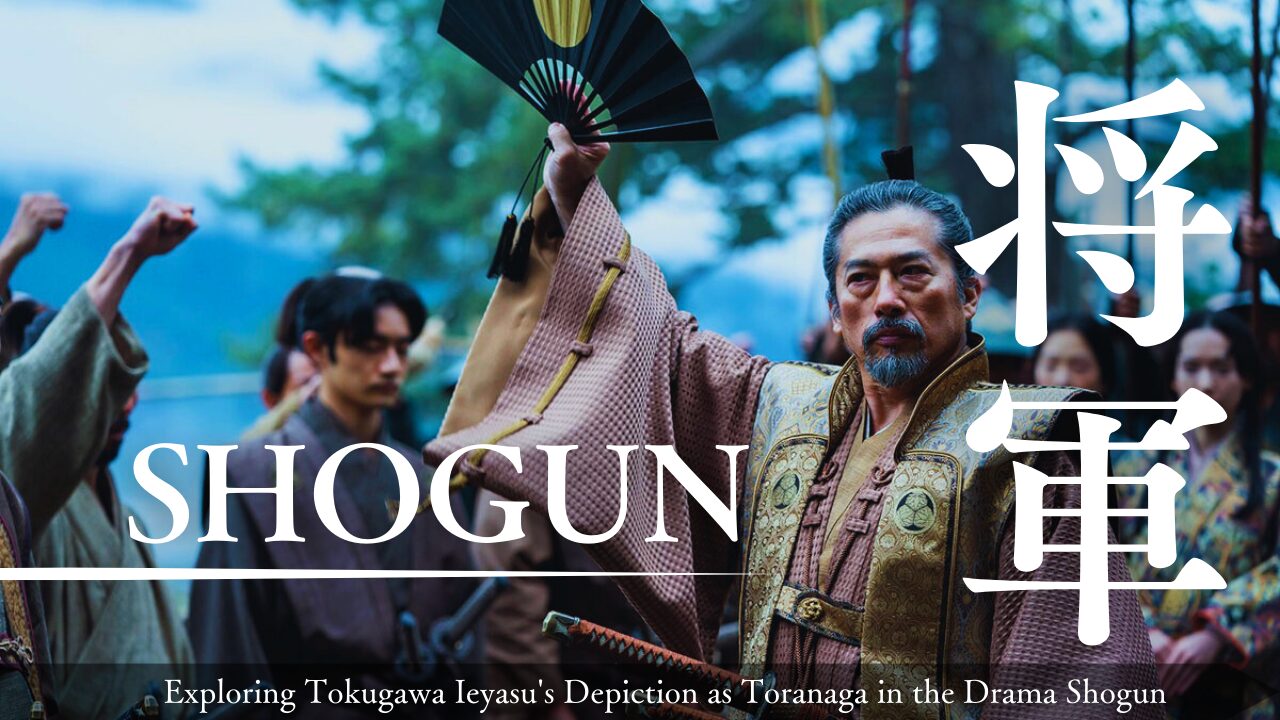
Table of Contents
Introduction
In the drama Shogun, the character Lord Toranaga is a representation of Tokugawa Ieyasu, one of Japan's most pivotal historical figures. While much focus is given to his rise to power, understanding his actions after establishing the Tokugawa Shogunate in 1603 provides deeper insights into his legacy. This article delves into Ieyasu's life following the formation of the shogunate, highlighting how he solidified his family's rule, managed foreign relations, and shaped Japan's future.
Abdication and Retention of Power
Passing the Title to Hidetada
- 1605 Abdication: Just two years after becoming shogun, Ieyasu officially abdicated in favor of his third son, Tokugawa Hidetada.
- Strategic Move: This was a calculated decision to ensure a smooth succession and prevent potential power struggles.
- Continued Influence: Despite stepping down, Ieyasu retained significant power and was referred to as Ōgosho (Retired Shogun).
Consolidating Authority
- Advising Hidetada: Ieyasu continued to guide his son in governance, ensuring the shogunate's policies aligned with his vision.
- Strengthening the Bakufu: He worked on reinforcing the shogunate's administrative structures and laws.
Legal and Administrative Reforms
Establishing Legal Codes
- Buke Shohatto (1615): Ieyasu formulated the "Laws for the Military Houses," which set strict regulations for the daimyō (feudal lords).
- Kinchū Narabi ni Kuge Shohatto: Regulations for the imperial court and court nobles to limit their political influence.
Land Redistribution
- Control Over Daimyō: Redistribution of land to loyal daimyō and reducing the power of potential rivals.
- Alternate Attendance (Sankin-kōtai): Although fully implemented later, the foundations were laid to require daimyō to spend time in Edo, keeping them under surveillance.
Foreign Policy and Isolation
Dealing with Christianity
- Perceived Threat: The spread of Christianity was seen as a threat to the shogunate's authority.
- Anti-Christian Edicts: Ieyasu issued edicts banning Christian missionary activities and ordering the expulsion of missionaries.
Trade and Isolation
- Controlled Trade: Limited foreign trade to certain ports and regulated interactions with foreign nations.
- Foundation for Sakoku: His policies set the stage for the later isolationist policy known as sakoku, fully enforced by his successors.
The Siege of Osaka: Eliminating the Toyotomi Threat
Background
- Toyotomi Hideyori: Son of Toyotomi Hideyoshi, he posed a potential challenge to Tokugawa dominance.
- Osaka Castle: A stronghold for those dissatisfied with Tokugawa rule.
Winter and Summer Campaigns
- Siege of Osaka Winter Campaign (1614): Ieyasu led forces to besiege Osaka Castle but reached a truce without decisive victory.
- Siege of Osaka Summer Campaign (1615): Renewed hostilities led to the castle's fall.
Aftermath
- Elimination of Rivals: Hideyori and his mother, Yodogimi, died, effectively removing the last major opposition.
- Unified Control: Solidified Tokugawa rule over Japan without significant rivals.
Cultural and Economic Contributions
Patronage of Arts and Culture
- Support for Neo-Confucianism: Promoted Confucian principles to strengthen social order.
- Cultural Projects: Commissioned works that emphasized the shogunate's legitimacy.
Economic Policies
- Standardizing Currency: Implemented measures to stabilize the economy and encourage commerce.
- Infrastructure Development: Improved roads and communication networks to facilitate trade and control.
Death and Legacy
Final Years
- Retirement in Sumpu: Spent his last years in Sumpu (present-day Shizuoka), still influencing national affairs.
- Health Decline: Suffered from health issues, possibly due to age and the strains of leadership.
Death in 1616
- Passing Away: Died on June 1, 1616, at the age of 73.
- Posthumous Honors: Deified as Tōshō Daigongen, enshrined at Nikkō Tōshō-gū Shrine.
Enduring Legacy
- Stability for Japan: Established a shogunate that would rule for over 250 years.
- Cultural Impact: His policies influenced Japanese society, culture, and politics for generations.
- Historical Recognition: Remembered as one of Japan's great unifiers and a master strategist.
Conclusion
Tokugawa Ieyasu's life after establishing the shogunate was marked by strategic decisions that ensured the longevity of his family's rule and the stability of Japan. By abdicating yet maintaining influence, reforming legal systems, managing foreign threats, and eliminating rival factions, he laid the groundwork for a peaceful and prosperous era. For fans of Shogun, understanding Toranaga's actions during this period offers a deeper appreciation of his character and the historical context surrounding his legacy.




































